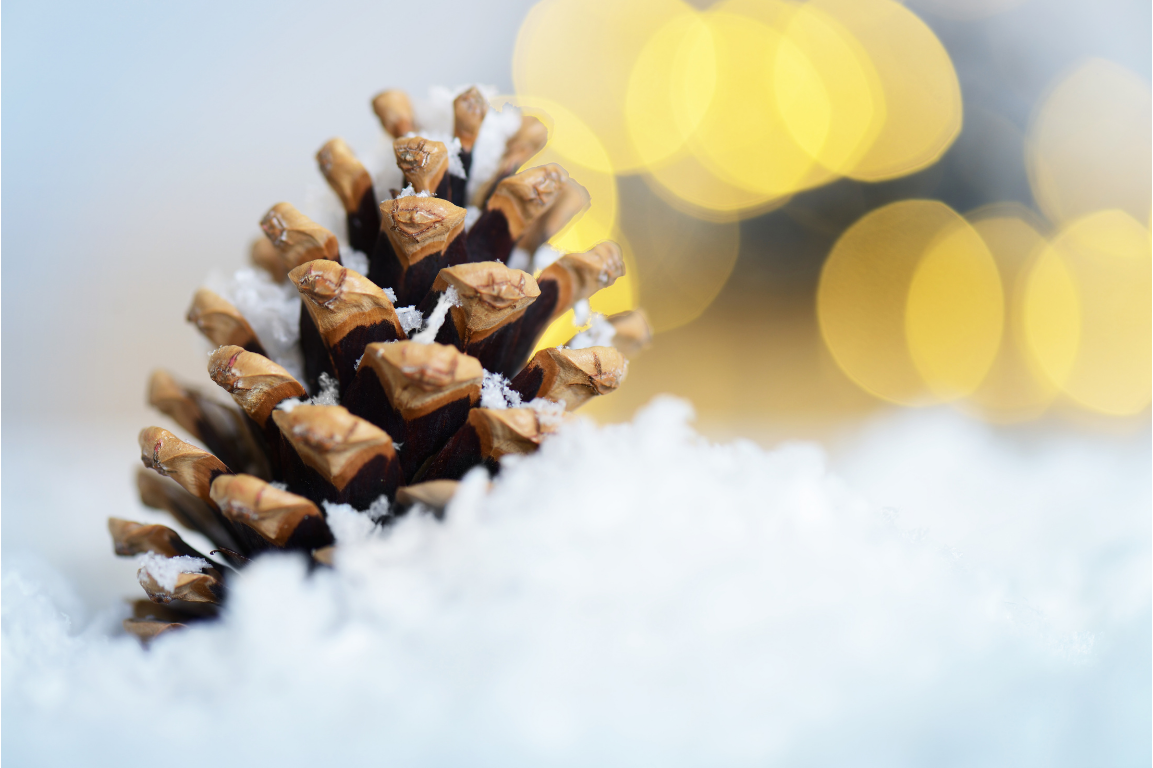- Maintenance tips & tricks
- 4-season garden care advice
- News from the gardening world
- Innovations & new product launches
Gardening Diary - January
A new year and one we can welcome with a new sense of optimism!

Our gardens were so important for us last year, both for relaxation and our mental wellbeing and many of us have learnt new skills to practice this year.
Enthusiasm is a great thing, but if there is one sound piece of advice, it’s to use this month to plan your gardening year. There’s lots of new varieties to tempt you and bring taste and colour to your garden and we will mention a few through as the season progresses.
January can be a cold month, so don’t forget the birds, hedgehogs etc. and leave out food and fresh water. Clearing snow from greenhouse rooves and hedge tops may be necessary to prevent damage. When the weather is poor outside, get on with cleaning, lubricating and sharpening of garden tools and equipment.
Lawns
Continue to clear leaves, twigs and other debris, worm casts etc. Avoid walking on the lawn in cold, frosty conditions.
Flowers
Start the year by sowing flowers needing a long growing season like Geranium, Begonia and Delphinium. Time too for sweet peas. Look out for a new mixture called ‘Supersonic’. This grows to just 1.3m, so is easy to manage and yet still has long stems for cut flowers.
Should you have winter flowering pansies or violas, it is important to keep ‘dead-heading’ them, even in the depths of winter. Otherwise the plants will try to produce seed which weakens the plants and you risk losing them.
In the perennial border, should you have helleborus planted, remove any old or diseased basal leaves to keep the plants healthy and emphasise the beauty of the new flowers. Remove any weeds from the border and cut back your plant stems to overwinter. You can also plant Lilies if the soil condition allows.
Vegetables
Outside, if soil conditions allow, you can prepare a patch and sow early cropping peas like Feltham First or Little Marvel and Broad Bean. Time to plant garlic too.
In the glasshouse, you can be sowing bulb onions for later planting and towards the end of the month, your early tomatoes.
Harvest brussels sprouts, cabbage, leeks and parsnips as required.
Indoors you can ‘chit’ early potatoes (placing tubers of seed potatoes in a tray in a greenhouse or garage and covering with sacking until the first small shoots appear). Tubers can then be potted or planted out in the garden. ‘Swift’ is a good early variety.
Fruit
You can still plant strawberries if weather conditions allow. Try a modern early variety like Korona. These new types are bred for flavour, but are also vigorous and disease resistant, making them easier to grow.
Like strawberries, you can still plant gooseberries, blackberries and raspberries and pruning of established bushes can also continue. The plants will also benefit from an application of high potash fertilizer to see them through to the summer.
Shrubs
It’s a busy time too in the shrub borders. As long as the soil is not frozen, you can still be planting ‘bare-root’ shrubs. If weather conditions prevent immediate planting, you can always dig out a small trench and ‘heel’ in the shrubs until planting can take place.
Large, ornamental grasses can be cut back to burst into new growth in spring.
Continue with the shrub pruning and get the roses done before strong winter gales loosen the roots of the heavy bushes. Should you have some shrubs prone to wind damage, then constructing a windbreak of netting can be advantageous to protect them.
It may seem strange at this time of the year, but you can be taking hardwood cuttings of some shrubs like forsythia and viburnum.




